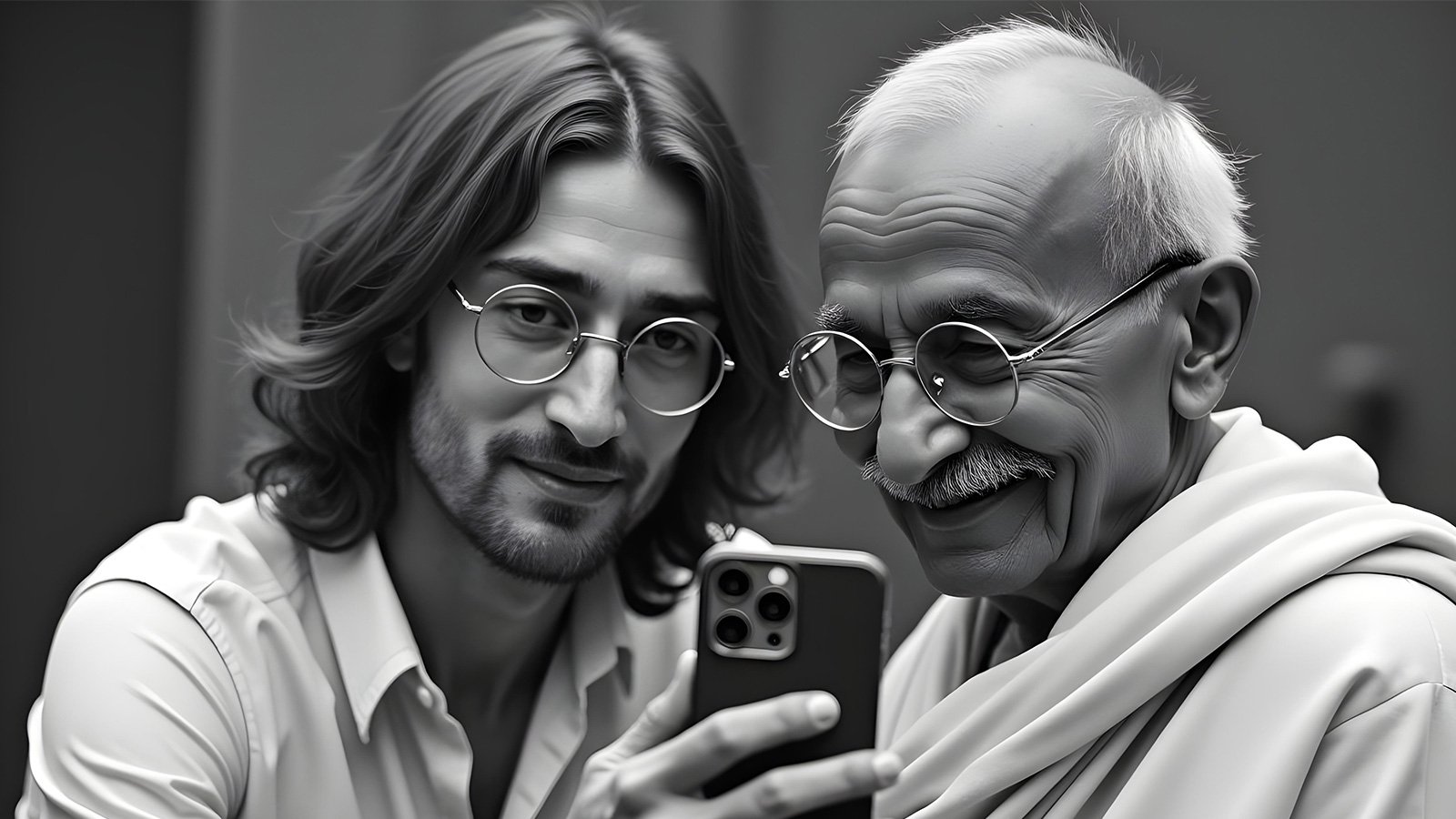We often assign names to inanimate objects or spaces. These names are not just for easier identification but also to establish a personal and emotional connection. The most common example of this practice is people naming their homes—Rain Basera, Pitrachhaya, Matrikripa, Mannat, Anand Kunj, Jalsa, and so on. These names depict numerous things—dreams, their fulfillment, gratitude, hope, promises, etc. This practice of naming extends to products, services, and organizations, resulting in brand names. These brand names are designed to represent the product’s promise to both internal and external audiences—sometimes directly and sometimes indirectly.
When we moved back from the city to nurture this piece of land as our home, we were tempted to give it a unique name. This land was locally known as Ghantyani. There is some confusion about how the name came about. Some people say that its actual pronunciation is Gangtyani, derived from Baba Gangnath, a local deity with a small temple nearby. However, we wanted to establish our own association with the land, so we decided to come up with something that reflected our journey and choices.
The context of our journey and choices is quite straightforward. We often complain about the state of affairs but fail to take action because disruptive measures come with their own risks and rewards. Instead of overanalyzing and conducting a cost-benefit analysis, we decided to move ahead. We felt that in order to shape our lives on our own terms, we had to take concrete steps toward manifesting our dreams—despite all uncertainties. For example, we disliked the schooling system, so we homeschooled our children. We wanted a debt-free life without the drudgery of a 9-to-5 job, so we lowered our monetary expectations, opted for a reasonable lifestyle, and embraced “un-jobbing.” We disliked the fast pace of the city, so we moved to rural Uttarakhand.
There is much to learn from the outcome of each of these decisions. Each of these actions means a lot to us. While we enjoyed the positive outcomes, we also bore the cost of the negative ones. These experiences cemented our belief that one should actively work toward manifesting one’s dreams without fear of the outcome. There is no alternative path. There is no shortcut.
So, when it came to naming our farm, we wanted a name that captured the spirit of these choices. We wanted to celebrate all of these decisions, irrespective of their outcomes. We also wanted the name to establish a deep connection with this ‘new’ land—a land that promised new experiences and opened new doors. Despite uncertainties, discouraging advice, and risks, we chose to tread this unknown territory because we were committed to giving tangible shape to our heartfelt thoughts. Hence, the name—Manakaar.
Manakaar is a Hindi word junction. The two words that form this term are ‘man’ (मन), meaning mind, and ‘aakar’ (आकार), meaning shape. Together, they create Manakaar (मनाकार)—the shape of our mind (मन का आकार).
The name is also inspired by two remarkable figures from history—Mahatma Gandhi and John Lennon. Mahatma Gandhi’s idea of Swaraj deeply influenced us. Our takeaway from this concept was that if we want to be happy and satisfied, we must set our own benchmarks. These benchmarks should be internal rather than external. Our dreams, needs, choices, and actions should be defined from within, rather than based on society’s so-called parameters of ‘success.’ In a nutshell, we should make choices because we genuinely want to—not because someone else made them or dictated them.
Our second inspiration was none other than the legendary Beatle—John Lennon. More specifically, his eternal song ‘Imagine’ –
“Imagine all the people, living for today…
Imagine all the people, sharing all the world…“

Somewhere, we could feel Gandhi in these words. Somehow, we related to every line of the song and its soulful rendition. Both of them advocated for something very simple—a happy world. They wanted people to be at peace with themselves. Apart from these heartfelt thoughts, what was common between them was their iconic round glasses. As a tribute to these two extraordinary souls, we dedicated our logo to this shared physical trait—a tangible representation of a wonderful shared dream—hoping that someday, “the world will live as one.”




Leave a Reply